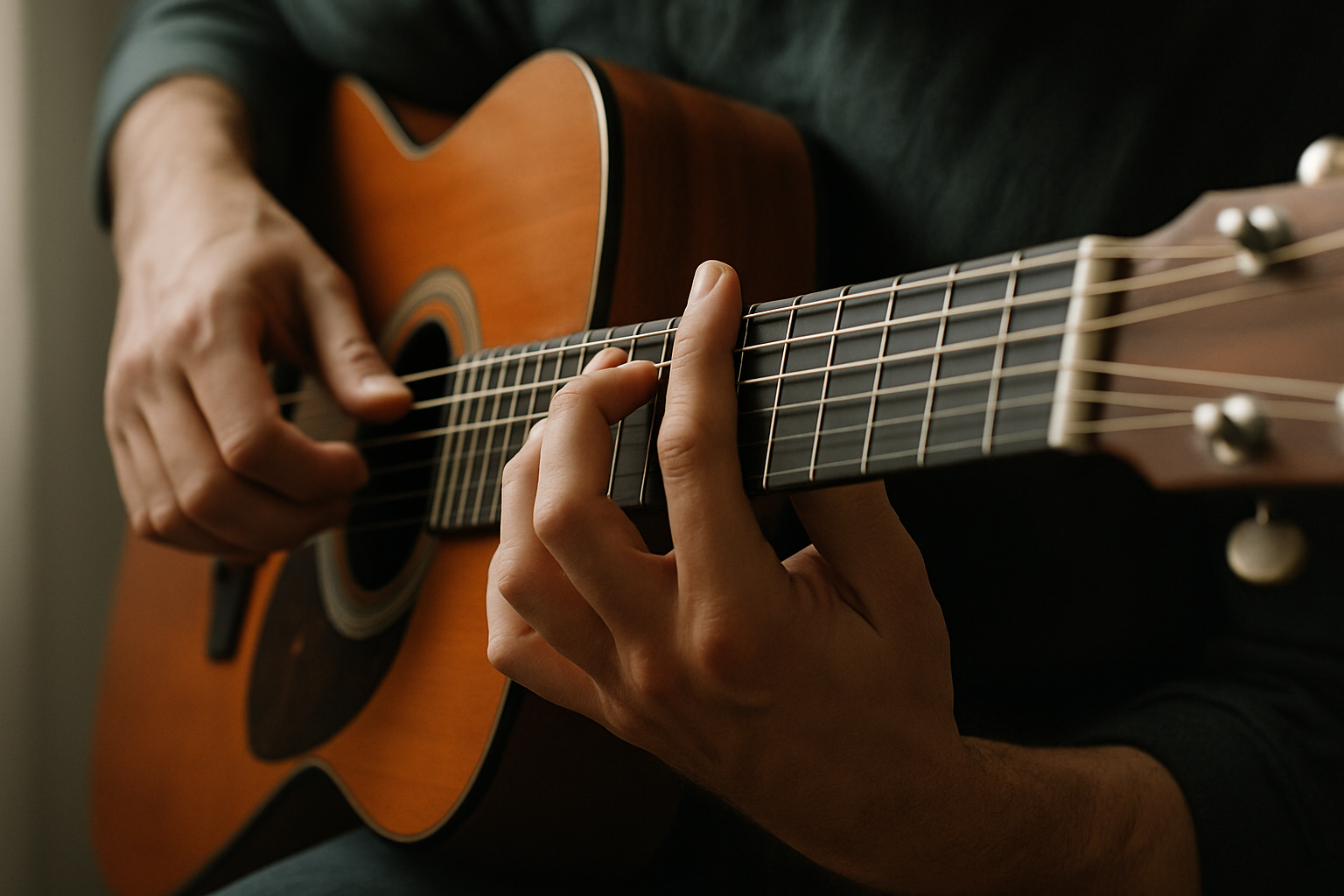If you’ve ever listened to a piece of music and heard notes of a chord played one after another instead of all at once, you’ve heard an arpeggio. From classical piano pieces to rock guitar solos and jazz improvisations, arpeggios are everywhere. For beginners, the word might sound intimidating, but the concept is simple—and learning to play arpeggios is one of the most effective ways to improve your technical skills and musical understanding.
In this article, we’ll break down what arpeggios are, why they matter, and practical exercises to help you practice them effectively on any instrument.
What Is an Arpeggio?
An arpeggio is when you play the notes of a chord one at a time, in sequence, instead of striking them all together. The word comes from the Italian term arpeggiare, which means “to play on a harp.” On the harp, strings are naturally plucked in succession—hence the connection.
For example, if you play a C major chord (C–E–G) as separate notes instead of simultaneously, that’s an arpeggio. You can ascend (C–E–G–C) or descend (C–G–E–C), and the pattern can be extended across multiple octaves.
Arpeggios are not limited to one style—they’re a universal building block of music.
Why Arpeggios Are Important for Musicians
1. Build Finger Dexterity
Arpeggios force your fingers to move across strings, keys, or frets smoothly, strengthening independence and agility.
2. Improve Coordination
They require precise synchronization between both hands—whether it’s the bow and fingers on a violin, the two hands on a piano, or strumming and fretting on a guitar.
3. Develop Musical Ear
Since arpeggios outline chords, practicing them trains your ear to recognize harmony. This is invaluable for improvisation and composition.
4. Enhance Technical Control
Arpeggios appear in scales, solos, and accompaniments. By mastering them, you’ll navigate complex passages more easily.
5. Unlock Creativity
Improvisers and songwriters use arpeggios to craft melodies, riffs, and solos. They’re a tool for both structure and creativity.
Arpeggios in Different Instruments
- Piano: Arpeggios are often used in classical etudes and accompaniments. Pianists practice them to improve hand independence and smoothness.
- Guitar: Arpeggios form the basis of riffs, fingerpicking, and sweep-picking techniques.
- Voice: Singers use arpeggios as warm-ups to expand range and improve pitch accuracy.
- Violin and strings: Arpeggios develop bow control and intonation.
- Drums: While not harmonic instruments, drummers use rhythmic “arpeggio-like” patterns to simulate the flow of broken chords.
Whatever your instrument, arpeggios sharpen technique and musicianship.
How to Practice Arpeggios Effectively
1. Learn the Shapes or Fingerings
Start with basic major and minor triads (three-note chords). On guitar, this might mean learning finger positions across the fretboard. On piano, it’s knowing the correct fingerings for smooth movement.
2. Start Slowly
Begin at a comfortable tempo. Focus on clarity, evenness, and relaxation. Speed comes later.
3. Use a Metronome
Playing with a metronome ensures your arpeggios are rhythmically steady. Gradually increase the tempo as you improve.
4. Practice Hands Separately (for Pianists)
Work on one hand at a time before combining them. This builds strength and independence.
5. Expand Across Octaves
Once comfortable in one octave, extend the arpeggio over two or three octaves. This develops range and finger control.
6. Vary the Rhythm
Don’t just play straight notes. Try dotted rhythms, triplets, or swing patterns to add flexibility.
7. Add Dynamics
Practice arpeggios softly, loudly, and with crescendos. This builds expressive control.
8. Apply Them to Real Music
Look for arpeggios in songs or pieces you love. Practicing them in context makes them more meaningful and fun.
Exercises for Beginners
- C Major Arpeggio (C–E–G): Play ascending and descending in one octave.
- Minor Arpeggios (A minor, D minor): Practice simple shapes and compare how they sound different from major.
- Broken Chords Practice: Play chord notes in different sequences, like C–G–E–C.
- Arpeggio Patterns: Try patterns like “up two notes, back one” for variety.
- Chord Progressions: Link arpeggios from different chords to practice smooth transitions.
Common Mistakes to Avoid
- Rushing: Don’t sacrifice accuracy for speed.
- Tension: Stay relaxed; tense fingers cause uneven playing.
- Uneven notes: Aim for each note to have equal weight and clarity.
- Ignoring fingering: Using the wrong fingerings leads to sloppy technique later.
Making Arpeggio Practice Fun
Arpeggios don’t have to feel like dry exercises.
- Improvise: Use arpeggios as the base for creating simple melodies.
- Play with backing tracks: This helps you apply them in real music.
- Challenge yourself: Set mini-goals, like playing an arpeggio correctly three times in a row.
Long-Term Benefits of Practicing Arpeggios
With consistent practice, you’ll notice:
- Faster and smoother technique.
- Greater ability to understand harmony.
- Improved improvisation and composition skills.
- More confidence in both solo and group playing.
Arpeggios become second nature, opening doors to more advanced music.
Final Thoughts: Arpeggios as Building Blocks of Music
Arpeggios may seem simple, but they’re at the heart of music. By practicing them regularly, you build not only technical skill but also a deeper understanding of harmony and expression.
They train your fingers, your ears, and your musical imagination. Whether you’re playing classical piano, fingerstyle guitar, or singing pop melodies, arpeggios give you the tools to bring music to life.
So, start small, stay consistent, and let arpeggios become part of your daily practice. Over time, you’ll discover they’re not just exercises—they’re the building blocks of the music you love.
